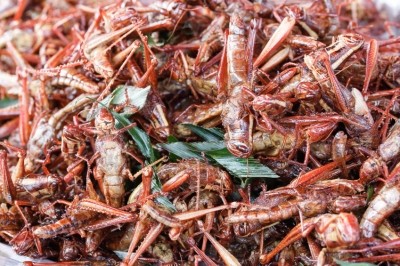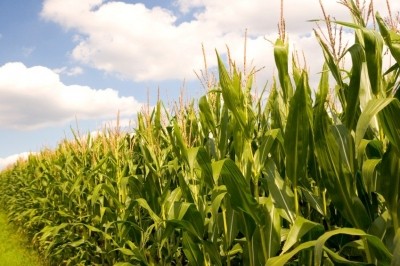ASA: chlorpyrifos-based pesticides remain important tool

The EPA is currently considering revoking food tolerance allowances through the Federal Food, Drug and Cosmetic Act (FFDCA) for the pesticide and recently closed a public comment period on the idea. The final rule is predicted to go into effect 180 days after publication.
“Under FFDCA, if a pesticide does not have a food tolerance, pesticide residues left on food or animal feeds will render the commodity ‘adulterated’ and it cannot be sold,” said officials with the EPA. “Thus, as a consequence of revoking the food tolerances, growers who would normally rely on chlorpyrifos will need to use an alternative means of pest control.”
The ASA is hoping to see its demand considered by the EPA, and then a ruling allowing the existing tolerances to continue, said Beverly Paul, Washington representative with the ASA.
The pesticide is the primary method of addressing the soybean aphid and can be used in double cropping systems, she told FeedNavigator. “There’s a great deal of familiarity with the product, it is known and trusted.”
In general, chlorpyrifos is an insecticide that can be applied to more than 50 crops and about 6m pounds are used every year, reported the EPA. It is used in more than 40 states, on 44,000 farms and to cover about 10m acres.
Questions on use
An August ruling from the US Court of Appeals Ninth Circuit said the EPA needed to provide an answer to a petition requesting that all tolerances for the insecticide be ended, said EPA officials.
The petition, filed by the Natural Resources Defense Council and the Pesticide Action Network North America, questioned the methods used to evaluate the safety of the pesticide, added ASA officials.
“Based upon EPA's analysis of December 2014, while dietary exposures to chlorpyrifos from food and residential exposures are safe, when those exposures are combined with estimated exposures from drinking water, EPA cannot conclude that the risk from aggregate exposure from the use of chlorpyrifos meets the Federal Food, Drug, and Cosmetic Act (FFDCA) safety standard,” said agency officials.
But, it is possible that some individuals or groups would be allowed to have a tolerance that would still meet the safety standard, said officials. And, objections to the final rule can be made.
“EPA's risk assessment supporting this proposed rule indicates that the primary source of risk comes from chlorpyrifos and chlorpyrifos oxon in drinking water in highly vulnerable watersheds (generally small watersheds where the land is agricultural and could be treated with chlorpyrifos (i.e., heavily cropped areas)),” they said.
At this time the agency is considering ending all tolerances because it cannot ensure that aggregate exposure is safe, they added.
Comments in support
Among those who could be affected by the change would be farmers raising certain feed crops and animal producers, said EPA officials.
The pesticide remains a first choice for many farmers as it does not have a residue and can be used to control many different pests, said Paul. “This product has been on the market for quite a long time, so farmers understand how to apply it, and understand how to apply it safely,” she added.
If the product is revoked, or taken off the market, farmers will need to turn to pyrethroid pesticides, she said. “That will just exacerbate the resistance problem and create a new problem that we have to solve,” she added.
Lingering effects
The Biological and Economic Analysis Division (BEAD) of the EPA has determined that ending the tolerances for the insecticide should not have a “significant economic impact” to small farms in the US because there are alternatives, said the EPA.
Direct effects on livestock producers were not assessed, because it should not result in “indirect impacts,” like higher feed prices, it added.
On feed crops including canola and soybean, there are alternative products that can be used to control the same pests being targeted with chlorpyrifos, they said. Although those products can be $1-4 more expensive per acre, the increase in cost is within acceptable limits, said the US agency.
For canola, some alternatives may be less expensive when used individually, but if used in combination account for an increase of about 0.9% per acre, they added.
In soybeans, the cost impact is thought to be an increase of about 0.6% per acre, depending on what replacement product is used, said EPA officials.







